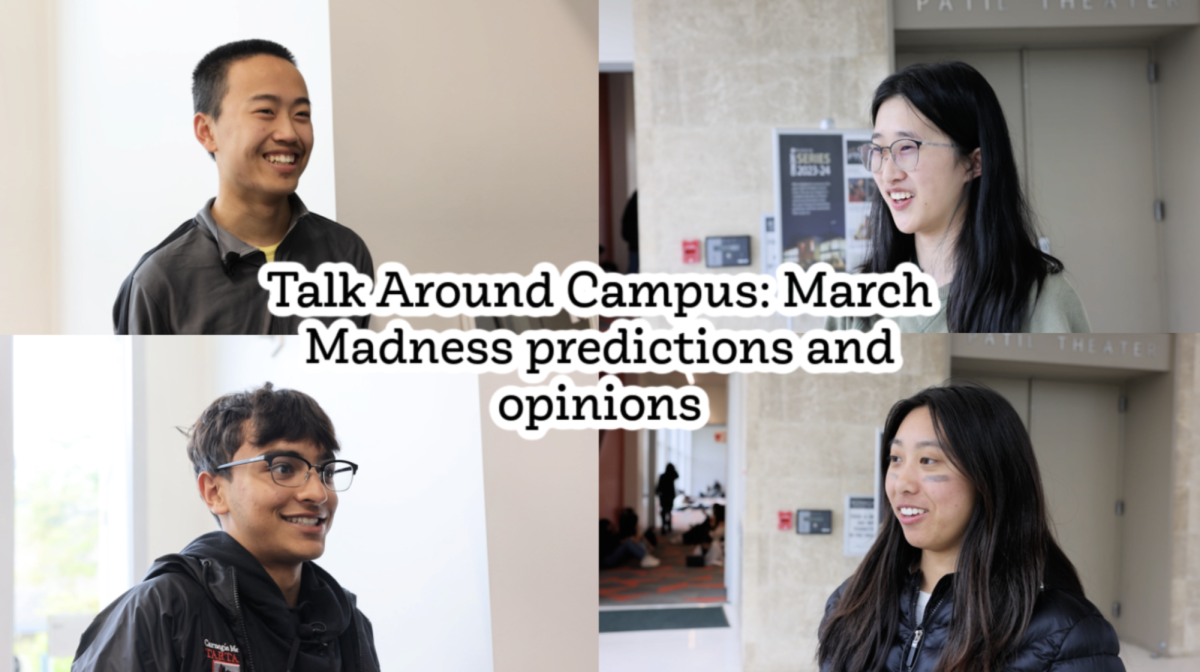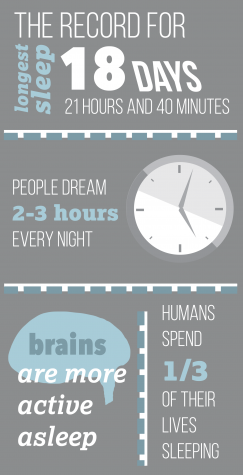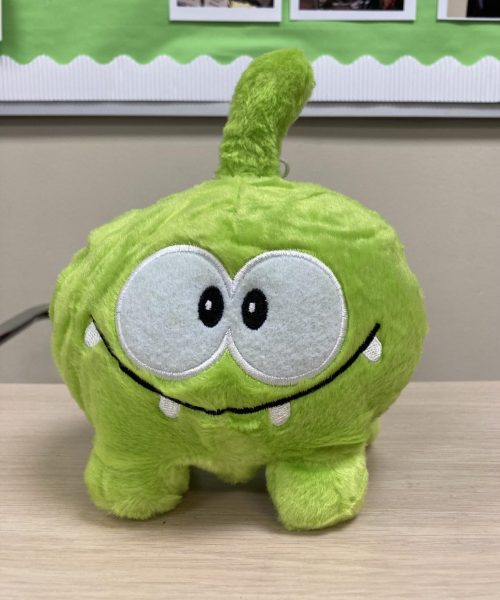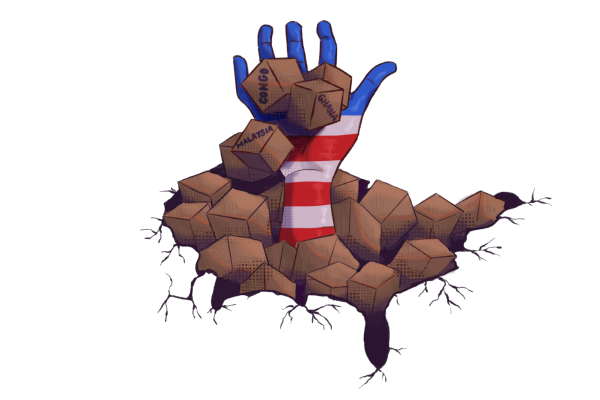The Science of Dreams
We all have dreams. But for what purpose?
Tucked away in the upper-rightmost corner of Shah Hall is Dr. Ruth Meyer’s room. Handmade history projects decorate the walls, and books ranging from ancient Egypt to India are crammed on the shelves. A particular cozy clutter softens the atmosphere, especially when Dr. Meyer herself is in the room.
But, when she isn’t teaching her world history, Dr. Meyer hosts Dream Club.
Dr. Meyer became interested in dreams starting from a young age due to her fascination with recurring dreams and the underlying symbolism she found in them.
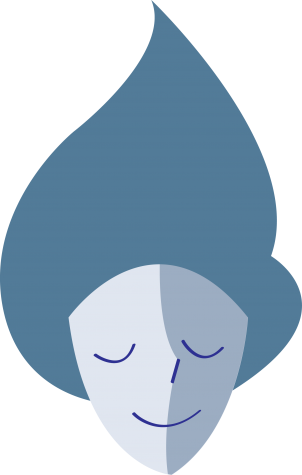 “I’ve got teenagers, now, coming to my dream club, and they’re telling me about dreams that they can remember,” she said. “Even though they’re juniors, they can remember their dreams they had when they were five. They’re questioning what they mean.”
“I’ve got teenagers, now, coming to my dream club, and they’re telling me about dreams that they can remember,” she said. “Even though they’re juniors, they can remember their dreams they had when they were five. They’re questioning what they mean.”
Like Dr. Meyer, most members of Dream Club originally joined to better understand their recurring dreams.
“While dreams might just be random neural activity, I’ve noticed that my dreams often have motifs that recur, especially during stressful or intense situations,” Soham Khan (12), President of Dream Club, said. “Still, I think that dreams are intrinsically meaningful even if we can’t quite grasp their significance.”
“Dreams arise from the complexity of human experience and possess intrinsic meaning that can help us lead our lives more thoughtfully.”
— Soham Khan (12)
Dream Club Vice President Isabella Spradlin (11) also shared Soham’s sentiments.
“My earliest of having a really clear dream was when I was really little. I would have the same reoccurring dream about me and my friend and her mom and we were lost at this summer camp that I went to. But it was a part of the summer camp that didn’t actually exist,” Isabella said. “So, it was a really interesting dream, and after that I wasn’t sure where it came from, so I just became more curious. And ever since then, whenever I have dreams that I can remember, it’s always something significant for me.”
Whether discussing recent dreams, meditating or practicing lucid dreaming, Dream Club plans to continue exploring the meaning behind their dreams by applying various schools of thought, including Jung’s teachings and recent scientific research.
Q&A with Dr. Mark Perlsweig
Dr. Mark S. Perlsweig, MD is a practicing psychiatrist in Burlingame, CA, specializing in child and adolescent psychiatry. He has been in practice for 30 years.
Wingspan interviewed Dr. Perlsweig by phone to clarify the scientific underpinnings of dreams.
Why do we dream, and do dreams have a function or purpose?
From a scientific point of view, there is no why. Science has some limits in terms of what it can figure out. And there has been a very long tradition of doing things like saying, ‘Hey, the brain has different parts. Well, let’s figure out what parts do what. We ought to be able to do that like with a car. We still haven’t been able to do that. It’s been worked on by experts for over 100 years, and we still haven’t figured anything out.
Imagine that you have the camera on your iPhone. And you are interested in observing the fact that you’re outside somebody’s house, and the family is inside having dinner. And you are asking the scientific question, ‘Why is the family having dinner?’ And you only have your iPhone to detect why.
You can do things like measure the amount of light coming out of the kitchen and other parts of the house. Or you can measure the amount of heat coming out of the kitchen because they are using an oven to cook the food. Or maybe you could put measurements in their water system to see if they are using more water during dinner time. These are the kinds of experiments the one is doing with the brain in trying to figure out, what is going on inside this thing from things we are able to measure outside.
A good short rundown of what we can measure outside would be, brainwaves. We can measure the overall electrical activity as a sum from this entire organ inside.
Another way is through a physically looking at the brain. That would be an MRI or CT scan. And that allows you to look at the physical structure of the brain. So it kind of tells you what is going on. If you have everyone sitting around the table. Where the people are getting the food from.
Another way to look at the brain is from a functional standpoint. This would be called positronic emission tomography or PET scan. And what does is attaches a radioactive isotope to certain dyes that are put into the bloodstream so you can tell which parts of the brain are taking up more of this radioactive dye during certain functions.
At the moment those are the only ways people really have at looking at brain activity. So you can kind of understand why the science is physical. Even asking a more basic question like, which structure in the brain are actually responsible for forming these images that you somehow see.
Because you you think about it, dreams are primarily visual and emotional. So you think ok, what part of the brain is doing visual input, which is the optical cortex which is in the back of your brain. Somehow that has got to be involved in dreams because otherwise you really couldn’t visualize anything.
There also some structures like the cingulate gyrus and deeper brain structures which are involved in the emotion and those are probably somewhat involved to. But I don’t really think beyond kind of knowing in general what these structures or like. You could imagine what could be involved. They probably are but we don’t exactly know how.
What are the other schools of thought that have influenced dreams?
The next way to look at it would be from a psychological point of view. If we go back to the earliest psychological theory the first person you would go to is Sigmund Freud.
He considered the fact that your dreams contained memories and events that occurred that day. He called dreams the royal road to the unconscious. What he meant by that was that you could understand a person’s emotional experience that was not conscience. What is your impression of what the unconscious is?
The unconscious is essentially a collection of experiences. Freud called the drives. And also things that you have learned. And teachings that are influencing your behavior yet you are completely unaware of them.
Another idea of conscious existence is to be to say that this part of the water underneath, it’s part of you. It’s part of your unconscious. If you go even further down. It’s part of the collective unconscious of all the people in the world. But you are only kind of really aware of the top part most of the time. Because that is where your ego observing function is, in a boat on the surface. And if we were made differently we could go observing parts down deeper than you would see that more primarily then what we do. So, in other words, if you look at the Buddhists, and you look at Jung, and you look at Freud, they are all kind of saying that dreams are the way we observe a different part of our own spiritual being that is unconscious and normally not observable to us.
How would you describe the more scientific or standard neuro scientific approach to what a dream is?
Honestly, I can’t really say what a dream is. There is no scientific definition of what a dream is. But the things I think would be applicable from a scientific standpoint would be that dreams occur during REM sleep. REM sleep also occurs in this thing called sleep architecture which is there are different phases of sleep.
REM sleep is one of the stages that occur more frequently in the early morning hours rather than the first stages of sleep and that is the part where dreams usually occur. There is simultaneous motor suppression going on during a dream.
Otherwise, have you ever watch a dog have a dream, if you watch carefully, you will see their paws moving around and every once in awhile they will make little barking sounds. What you are actually observing is that they are having a dream and the motor activity is be suppressed by the brain at the same time as the dream.
Otherwise they would actually get up and run around. People are the same way the other thing you could say on a neurological basis is that dreams are not limited to humans because there is clearly evidence that animals are having dreams as well.
From a scientific point of view once, about 30 years ago, I heard a guy propose of the dream state is to cool off the brain from a temperature point of view.
The other thing that is also clear about dreams is that there are definitely more dream recall and more dreaming per se at higher altitudes as opposed to lower altitudes. So if you ever take a vacation and go skiing at 4000 feet or better you will notice you remember your dreams more and dream more.
That’s the major neurobiological thing about dreaming from a scientific point of view.
Is it normal to have a recurring dream, and what does that mean?
‘Is it normal to have a recurring dream?’, I would say yes. I would say most people have had recurring dreams in their life. I think if you ask more religious, spiritual people they would say that the recurring dream is symbolically important because it’s a life message to you from god that’s helping you figure out your unique role on this planet. Freud would never go that far. He would say it is a continuous psychological conflict that you are trying to resolve. And you are going to keep having the recurring dream until you have resolved it. I think the reason for having a particular kind of dream is more individual and it kind of depends on what the individual’s life is about and what the dream is.
This piece was originally published in the pages of Wingspan on December 14, 2016.

Kaitlin Hsu (11) is the Editor-in-Chief of Wingspan Magazine. In her freshmen year, she was a reporter, and in her sophomore year, she was the Features...
Rose Guan (10) is a copy editor for the Winged Post in her second year on staff. She was a reporter in her freshman year, and her favorite aspect of journalism...































![Setter Emma Lee (9) sets the ball to the middle during the match against Pinewood on Sept. 12. “[I’m looking forward to] getting more skilled, learning more about my position and also becoming better friends with all of my teammates, Emma said.](https://harkeraquila.com/wp-content/uploads/2023/09/DSC_4917-2-1200x795.jpg)


































































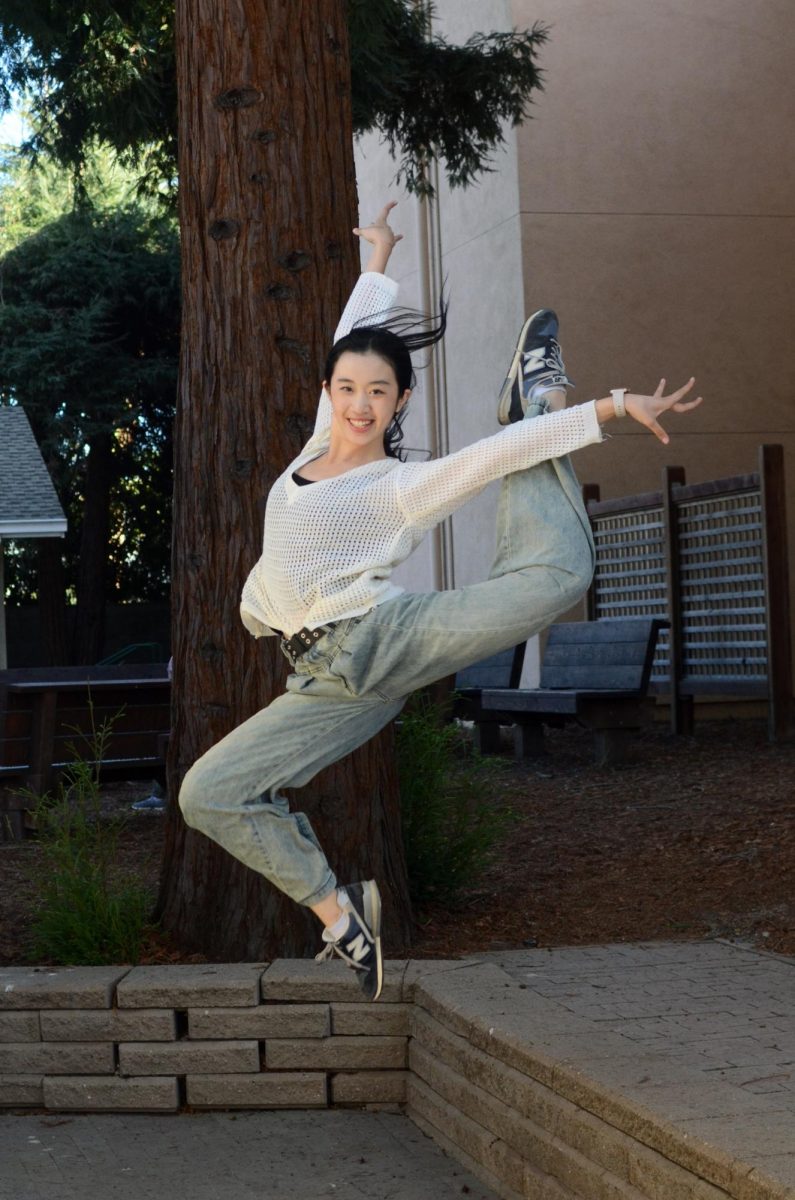











![“[Building nerf blasters] became this outlet of creativity for me that hasnt been matched by anything else. The process [of] making a build complete to your desire is such a painstakingly difficult process, but Ive had to learn from [the skills needed from] soldering to proper painting. Theres so many different options for everything, if you think about it, it exists. The best part is [that] if it doesnt exist, you can build it yourself, Ishaan Parate said.](https://harkeraquila.com/wp-content/uploads/2022/08/DSC_8149-900x604.jpg)


![“Animation just clicked in a way. I had been interested in art, but that felt different. [Animation] felt like it had something behind it, whereas previous things felt surface level. I wasnt making that crazy of things, but just the process of doing it was much more enjoyable, Carter Chadwick (22) said.](https://harkeraquila.com/wp-content/uploads/2022/08/Screen-Shot-2022-08-16-at-9.44.08-AM-900x598.png)


![“When I came into high school, I was ready to be a follower. But DECA was a game changer for me. It helped me overcome my fear of public speaking, and its played such a major role in who Ive become today. To be able to successfully lead a chapter of 150 students, an officer team and be one of the upperclassmen I once really admired is something Im [really] proud of,” Anvitha Tummala (21) said.](https://harkeraquila.com/wp-content/uploads/2021/07/Screen-Shot-2021-07-25-at-9.50.05-AM-900x594.png)



![“[Volleyball has] taught me how to fall correctly, and another thing it taught is that you don’t have to be the best at something to be good at it. If you just hit the ball in a smart way, then it still scores points and you’re good at it. You could be a background player and still make a much bigger impact on the team than you would think,” Anya Gert (’20) said.](https://harkeraquila.com/wp-content/uploads/2020/06/AnnaGert_JinTuan_HoHPhotoEdited-600x900.jpeg)

![“Im not nearly there yet, but [my confidence has] definitely been getting better since I was pretty shy and timid coming into Harker my freshman year. I know that theres a lot of people that are really confident in what they do, and I really admire them. Everyones so driven and that has really pushed me to kind of try to find my own place in high school and be more confident,” Alyssa Huang (’20) said.](https://harkeraquila.com/wp-content/uploads/2020/06/AlyssaHuang_EmilyChen_HoHPhoto-900x749.jpeg)













![“My slogan is ‘slow feet, don’t eat, and I’m hungry.’ You need to run fast to get where you are–you arent going to get those championships if you arent fast,” Angel Cervantes (12) said. “I want to do well in school on my tests and in track and win championships for my team. I live by that, [and] I can do that anywhere: in the classroom or on the field.”](https://harkeraquila.com/wp-content/uploads/2018/06/DSC5146-900x601.jpg)

![“I think getting up in the morning and having a sense of purpose [is exciting]. I think without a certain amount of drive, life is kind of obsolete and mundane, and I think having that every single day is what makes each day unique and kind of makes life exciting,” Neymika Jain (12) said.](https://harkeraquila.com/wp-content/uploads/2017/06/Screen-Shot-2017-06-03-at-4.54.16-PM.png)







